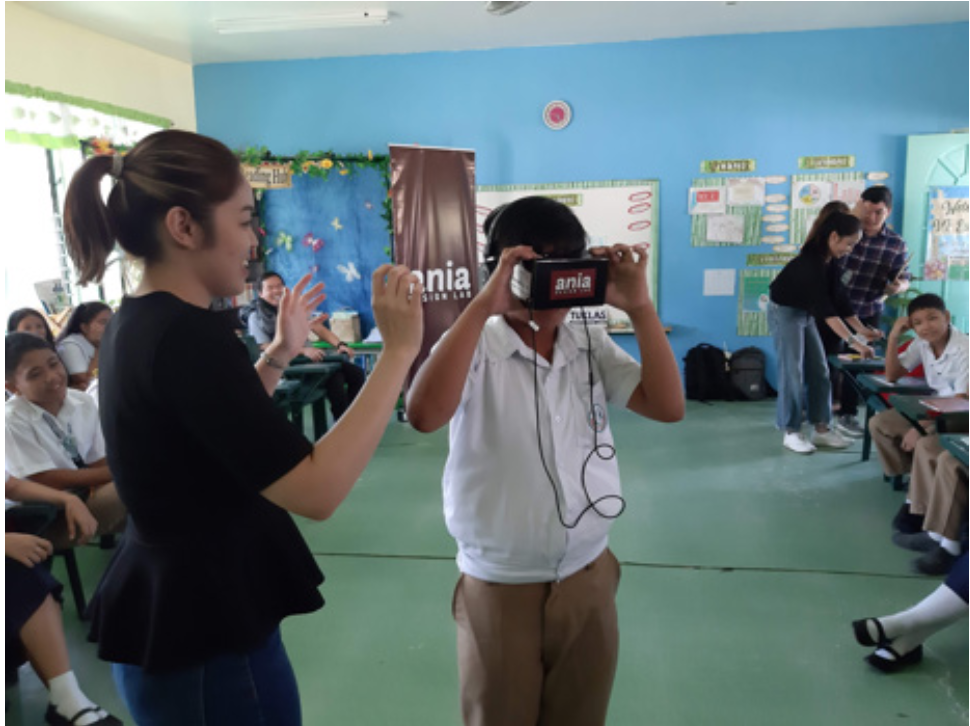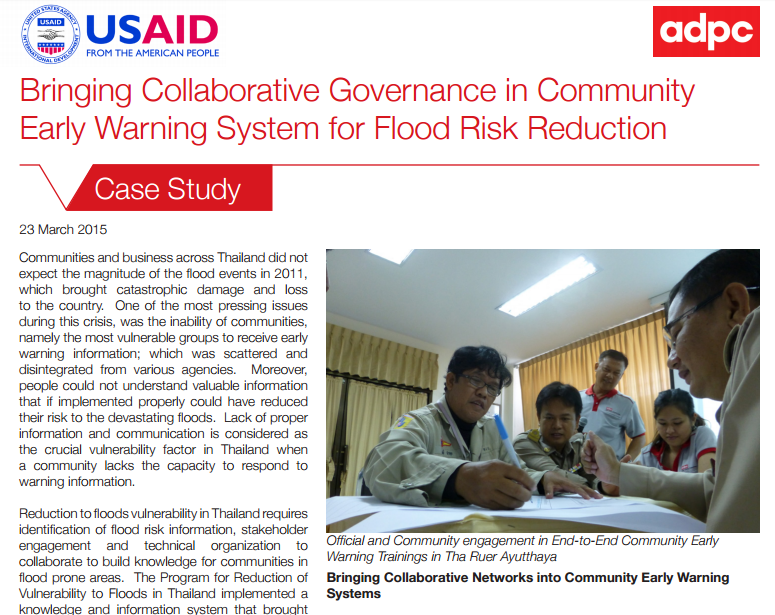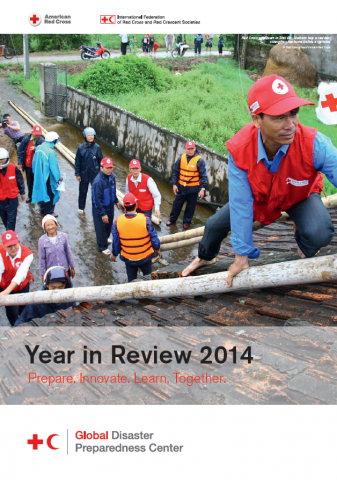Philippines Disaster Preparedness Simulator

The Disaster Preparedness Simulator is a virtual reality (VR) integrated disaster preparedness learning experience where users are immersed in disaster scenarios in a controlled environment. It has three experiences of different hazards – earthquake, flood and typhoon – and is specifically targeted at children as an integrated part of their disaster preparedness education in schools. It can also be used as a game to test disaster response knowledge.
The goal of the simulator, built in the Philippines specifically for the local context, is to enhance the disaster preparedness learning curriculum by using innovative learning platforms integrating reasoning and empathy in decision making.
This case study is part of the research paper: “Immersive technologies & digital games for school disaster preparedness.” Find out more on the topic page (link below).
Immersive technologies & digital games for school disaster preparedness, Disaster Preparedness Simulator
https://preparecenter.org/wp-content/sites/default/files/topics/, https://www.facebook.com/aniadesignlab/


